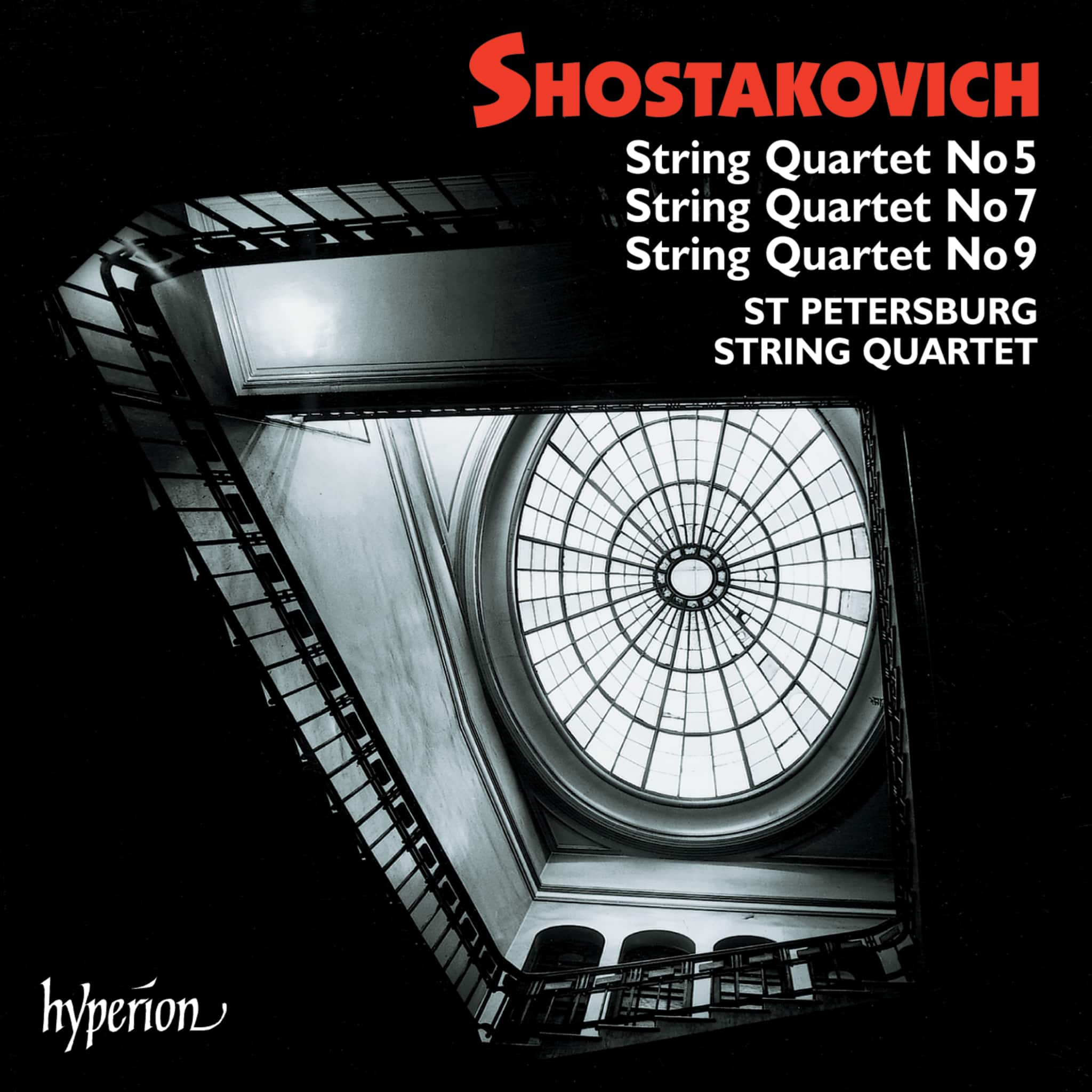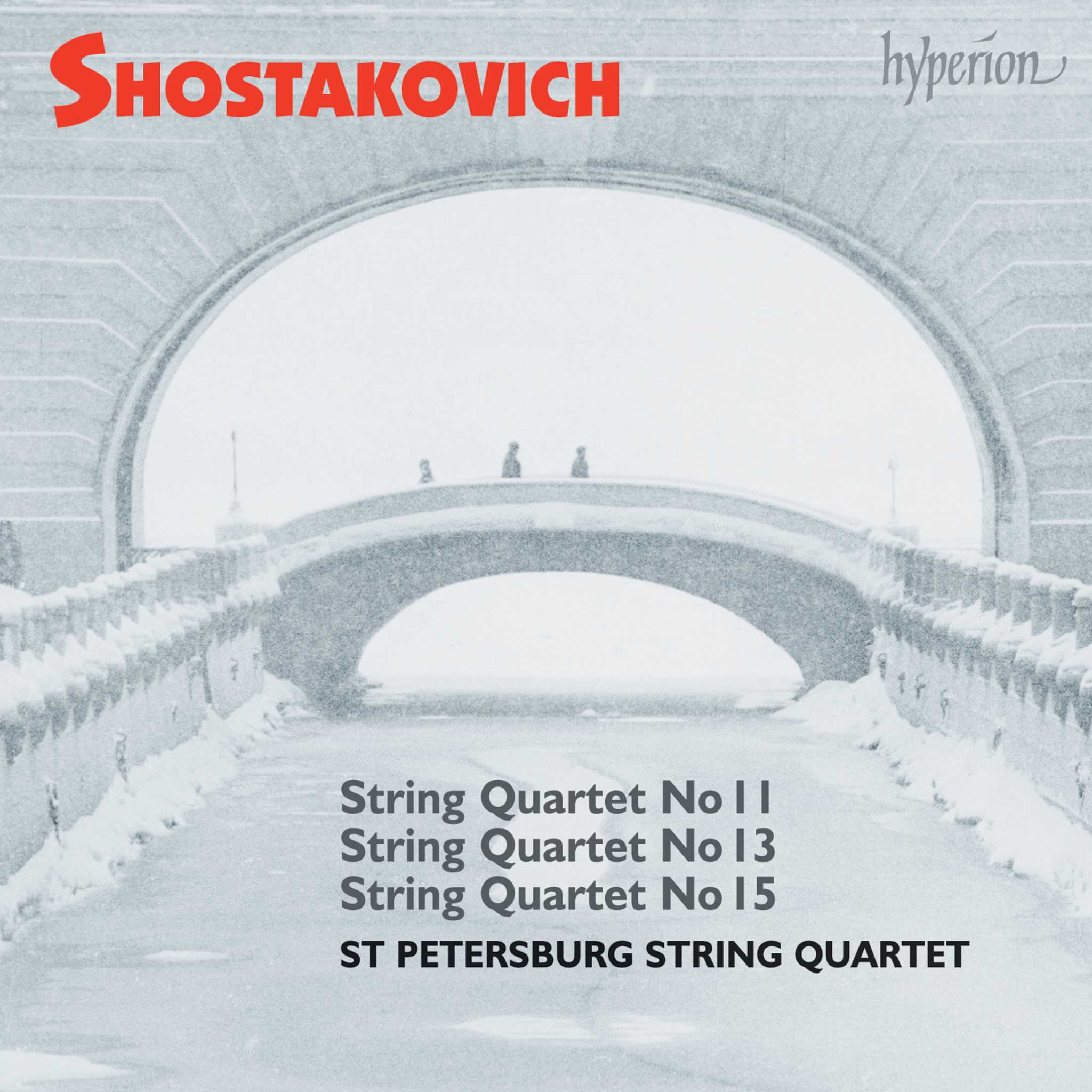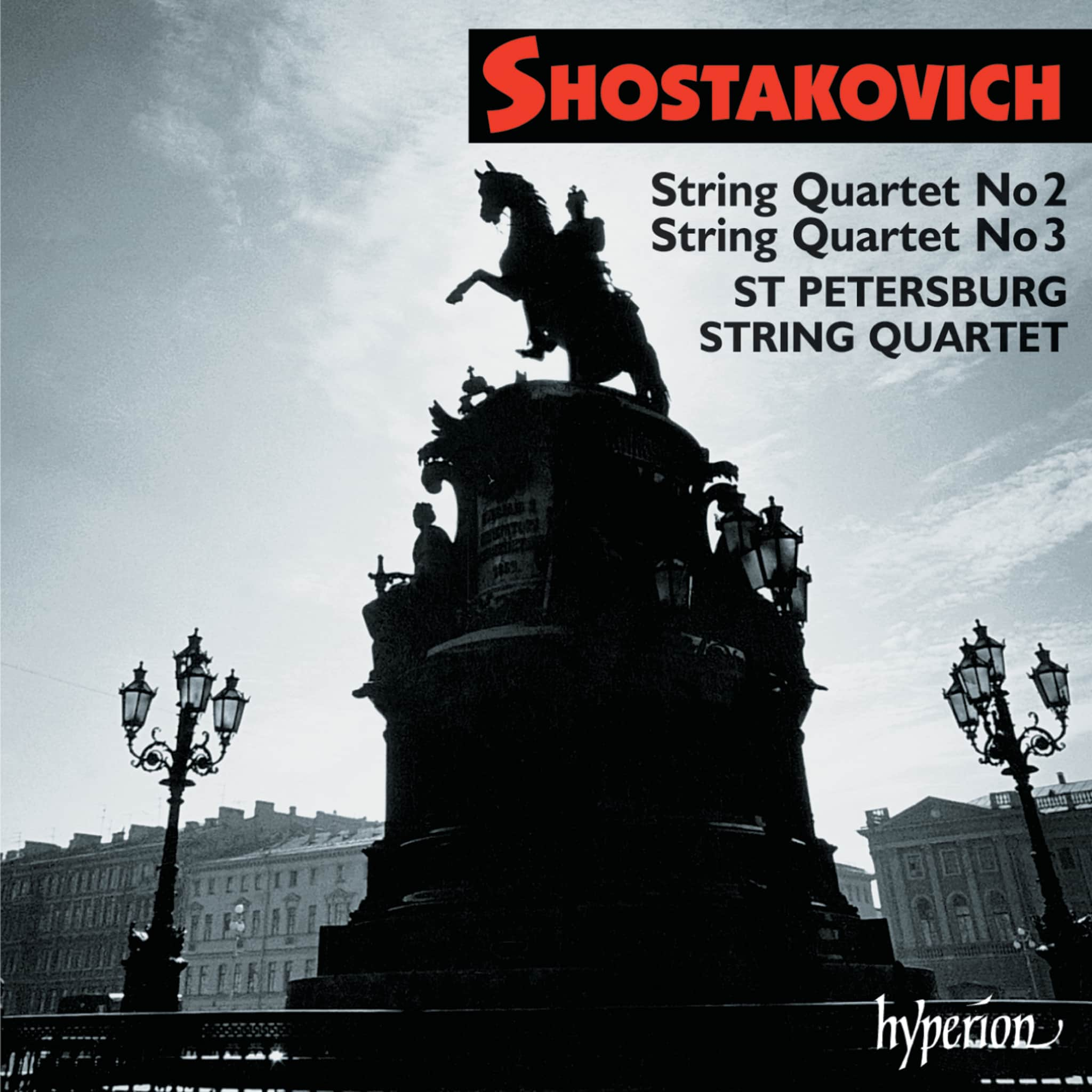Album insights
Carl Czerny's name is familiar to most pianists, known for his countless studies that have likely touched every pianist at some point. Beyond this, the general music lover may not recognize much about Czerny, except perhaps for his extensive collection of didactic piano pieces. Rarely performed in concert halls, only a small fraction of Czerny's works have been recorded, with notable pieces including the variations on a theme by Rode "La Ricordanza," op. 33, performed by Vladimir Horowitz in 1944, and the contribution to Liszt's "Hexaméron."
Born in Vienna on February 21, 1791, Czerny had Czech roots, with a musical upbringing enforced through strict discipline by his father. Despite plans for a concert tour in Europe as a virtuoso, disrupted by the Napoleonic Wars, Czerny never performed publicly thereafter. He devoted himself to teaching, composing, and a solitary life in Vienna, nurturing talents like Franz Liszt and Theodor Leschetizky.
Immersed in music, Czerny's legacy of 861 opus numbers showcases his vast output of compositions across various genres. Despite critics mocking his prolific productivity, his works often possess originality and surprises, far from the image of a strict pedagogue. Known for his dedication and patience as a teacher, Czerny's gentle and humorous side is revealed in compositions like the F major piano concerto, op. 28, which showcases unexpected twists and demanding techniques familiar to his students.
Considered one of the first romantic concertos, the A minor concerto, op. 214, reflects a transitional piece combining elements of earlier works. Czerny's attention to technical challenges and intricate compositions paved the way for future pianists, showcasing his innovative approach blending traditional forms with inventive flair. The concerto's vibrant themes and demanding solos reveal Czerny's pursuit of musical excellence and virtuosic performance standards.





